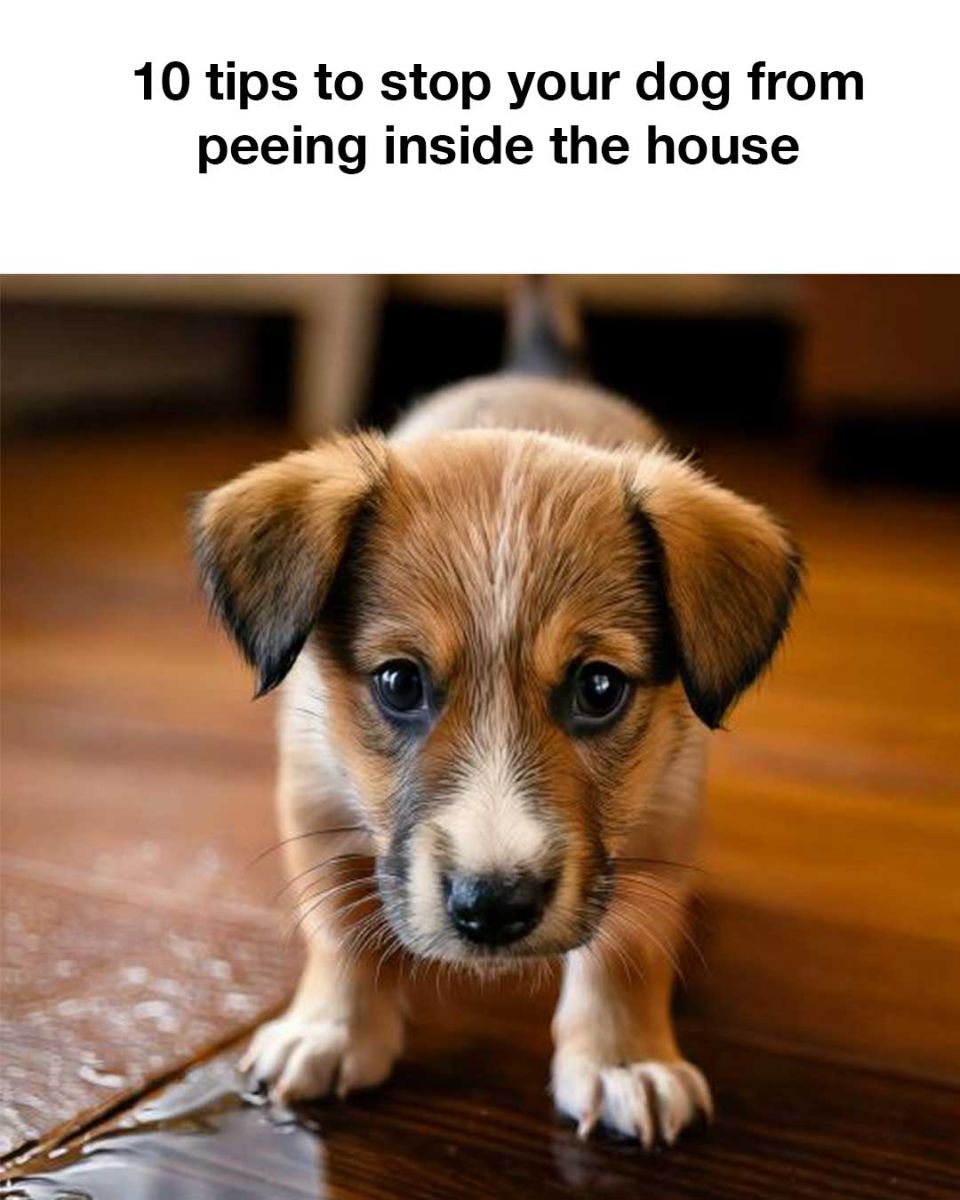Identifying and Addressing Anxiety or Behavioral Issues
Behavioral issues such as anxiety or stress can lead dogs to urinate indoors. Separation anxiety or changes in the household can trigger such behaviors. Identifying and working with a professional dog trainer or behaviorist can help address these underlying issues, ensuring your pet feels secure and confident.
Regular Cleaning to Remove Odors and Prevent Repeat Offenses
Dogs are drawn to return to spots that smell like urine. Using enzymatic cleaners to thoroughly remove odors from previous accidents is crucial. This discourages your dog from repeatedly urinating in the same indoor spots.
Using Crate Training Effectively
Crate training can be an effective way to prevent accidents when you’re not able to supervise your dog. Dogs generally avoid soiling their sleeping area, so proper crate training teaches them to hold their bladder until they are let outside.
Introducing Bathroom Command Cues
Teaching your dog bathroom command cues, such as ‘go potty,’ can help them understand what is expected when outside. Consistent use of verbal cues helps your dog connect the phrase with the action, making bathroom breaks more predictable.
Consulting a Veterinarian for Health-Related Concerns
If you suspect health issues are the cause of indoor urination, consult a veterinarian. Conditions like urinary tract infections, diabetes, or incontinence should be diagnosed and treated appropriately to resolve related behavioral issues.
Conclusion: Patience and Persistence in Training
Successfully training your dog to stop peeing indoors requires patience, persistence, and understanding. Every dog learns at their own pace, and setbacks may occur. By remaining consistent in your training efforts and compassionate towards your pet, you can create a healthy and happy environment for both you and your furry friend.
